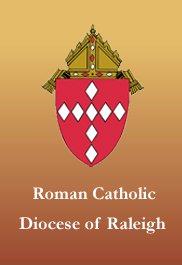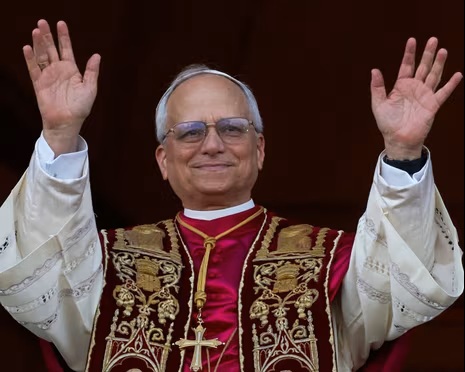
All Saints Day is a holy day of obligation. A vigil Mass will be celebrated on October 31, 2024 at St. Stanislaus at 6 pm.
Also known as All Hallows, Solemnity of All Saints, or The Feast of All Saints.
Many churches in the United States celebrate All Saints’ Day to honor all the saints, particularly those who do not have their own special feast day, on November 1.
All Saints’ Day is celebrated in many areas of the United States, including where there are large Roman Catholic populations. According to some sources, the idea for All Saints’ Day goes back to the fourth century when the Greek Christians kept a festival on the first Sunday after Pentecost (in late May or early June) in honor of all martyrs and saints. Other sources say that a commemoration of “All Martyrs” began to be celebrated as early as 270 CE but no specific month or date is recorded. Pope Gregory IV made All Saints’ Day an authorized holiday in 837 CE.
All Saints’ Day, which is celebrated globally, is closely tied with All Souls’ Day, which was first instituted at the monastery in Cluny in 993 CE and quickly spread among Christians. All Saints’ Day and All Souls’ Day are also closely linked with Halloween, which is a shortened for the name “All Hallows’ Even”.
ALL SOULS DAY – NOVEMBER 2
Not a Holy Day of Obligation, however, a vigil Mass will be held on Friday, November 1, 2024 at St. Joseph at 7 pm in Spanish only.
There will be a book that can be signed on day of All Souls Day Mass for those who did not get envelops.
History of All Souls Day:
The importance of All Souls Day was made clear by Pope Benedict XV (1914-22), when he granted all priests the privilege of celebrating three Masses on All Souls Day: one, for the faithful departed; one for the priest’s intentions; and one for the intentions of the Holy Father. Only on a handful of other very important feast days are priests allowed to celebrate more than two Masses.
While All Souls Day is now paired with All Saints Day, which celebrates all of the faithful who are in Heaven, it originally was celebrated in the Easter season, around Pentecost Sunday (and still is in the Eastern Catholic Churches). By the tenth century, the celebration had been moved to October; and sometime between 998 and 1030, St. Odilo of Cluny decreed that it should be celebrated on November 2 in all of the monasteries of his Benedictine congregation. Over the next two centuries, other Benedictines and the Carthusians began to celebrate it in their monasteries as well, and soon it spread to the entire Church.
On All Souls Day, we not only remember the dead, but we apply our efforts, through prayer, almsgiving, and the Mass, to their release from Purgatory. There are two plenary indulgences attached to All Souls Day, one for visiting a church and another for visiting a cemetery. (The plenary indulgence for visiting a cemetery can also be obtained every day from November 1-8, and, as a partial indulgence, on any day of the year.) While the actions are performed by the living, the merits of the indulgences are applicable only to the souls in Purgatory.
Praying for the dead is a Christian obligation. In the modern world, when many have come to doubt the Church’s teaching on Purgatory, the need for such prayers has only increased. The Church devotes the month of November to prayer for the Holy Souls in Purgatory, and participation in the Mass of All Souls Day is a good way to begin the month.



